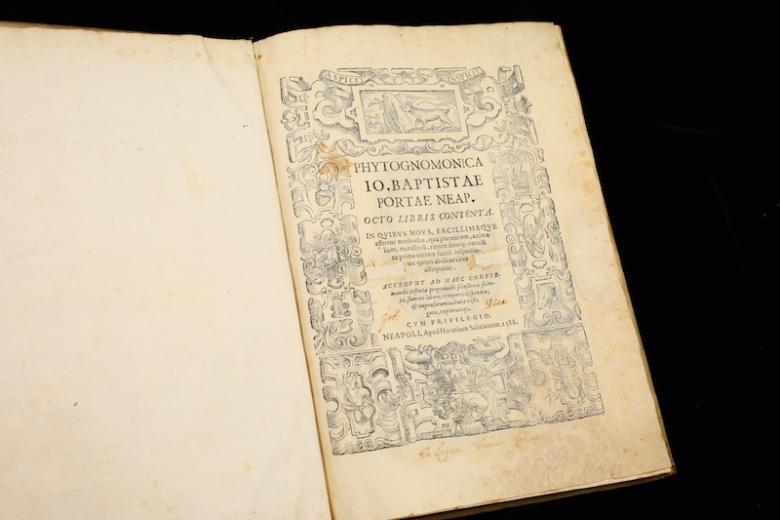Citation
Item Location
Della Porta’s portrayal of a lynx on the title page of this and other works inspired Cesi with the name for his own Academy. Here, della Porta announced the existence of the Accademia Secretorum Naturae, an academy he founded in Naples cx. 1580 with the aim of discovering the secrets of nature. Della Porta’s academy was restricted to local members who had made new discoveries in science or medicine. This work on plant signs explains the “doctrine of signatures,” the belief that the external shape of a plant is a sign of its ability to heal any part of the body with a similar appearance. According to the doctrine of signatures, for example, a walnut might cure diseases of the head because of the similar appearance of the nut and the brain. When della Porta’s works on occultism and magic gained excessive notoriety, Pope Paul V exonerated della Porta, who became a lay Jesuit, but the academy dissolved in 1592.
Related Items
Resource Type: Book








